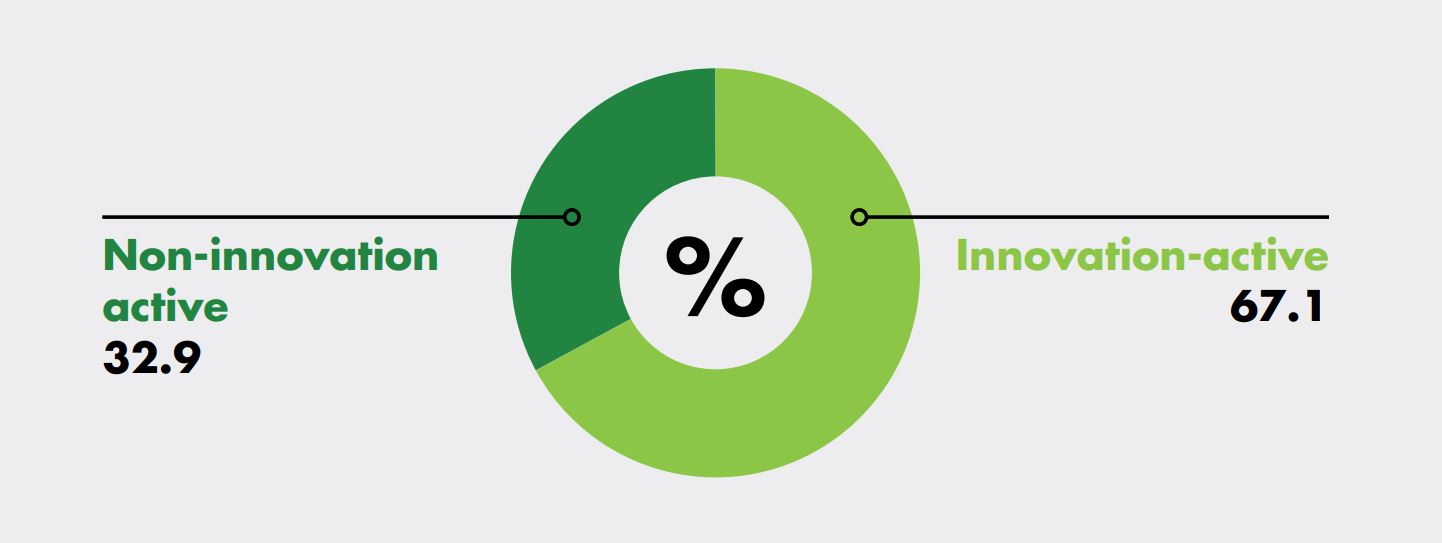What Innovation Really Looks Like on a Farm in South Africa

For a long time, South Africa's agricultural sector has struggled to keep pace with other sectors when it comes to innovation. Despite its significance to the economy—especially in terms of food security, rural livelihoods, and employment—innovation in agriculture was largely overlooked in national planning for science, technology, and innovation (STI). It was only in recent years that the sector started to receive the kind of attention it deserves, with multiple government policy documents acknowledging the need for a more deliberate, innovation-led approach to agricultural modernisation.
This shift is well documented in frameworks like the 2019 White Paper on Science, Technology and Innovation, the Science and Innovation Decadal Plan (2022–2032), and the Agriculture and Agro-Processing Master Plan (AAMP). Collectively, these policies recognised a fundamental truth, that innovation in agriculture is no longer optional—it is an essential foundation to ensuring resilience, improving productivity, and necessary to achieve the full potential of the sector.
That is why, in 2019, the Department of Science and Innovation commissioned the first baseline survey of agricultural innovation in South Africa. The baseline was for the reference period 2016-2018. The project was led by CeSTII at the Human Sciences Research Council, with myself and CeSTII's former research director Dr Moses Sithole heading up the research team. The aim was simple but ambitious: to establish clear, data-driven insights into the state of innovation in South Africa’s agricultural sector and to track, over time, how it evolves. This wasn’t just a once-off effort. The survey was institutionalised as a core programme that would be repeated regularly to help shape policy and guide interventions.
Using the OECD’s Oslo Manual as a framework, and adapted to fit the unique structure of South African agriculture, the survey measured different dimensions and indicators of innovation. It included firms from across the three main subsectors that make up South Africa’s agricultural landscape: animal and crop farming (SIC 11), forestry (SIC 12), and fisheries (SIC 13). The survey was built on a representative sample provided by Statistics South Africa.
When we rolled out the baseline survey and later the follow up AgriBIS 2019–2021 round, one thing became clear in the field: there was widespread misconception about what innovation actually means. Many firms, especially small and medium-sized ones, were quick to dismiss themselves as "non-innovative". In their minds, innovation was something reserved for tech start-ups or Elon Musk-style rocket science —not for people growing fruit, processing timber, or farming fish.

But as we probed deeper and asked practical questions like "Have you changed any of your production processes? Have you improved the quality of your product? Have you adopted any new technology or tried something different in the last few years? ", we often found that firms were innovating. They just didn’t call it that. They didn’t know that adjusting a feed blend to improve yield, changing packaging to reduce spoilage, or investing in new machinery all count as innovation under the framework we used.
Many firms, especially small and medium-sized ones, were quick to dismiss themselves as "non-innovative".
The results of the AgriBIS 2019–2021 survey helped paint a more accurate picture of innovation in the sector:
• Over 67.1% of agribusinesses were found to be actively involved in innovation activities.
• Business process innovation was the most common form of innovation, especially in animal and crop farming as well as fishery businesses.
• Medium-sized businesses were the most innovation-active, while very small businesses were more likely to report no innovation activity.
• The most adopted technologies included precision agriculture, smart plant and animal breeding, and sensor-based tools.
• Innovation outcomes weren’t just financial. Many firms aimed for improved water use, better biodiversity preservation, and higher soil fertility.
These findings don’t just speak to what’s happening in South Africa. They echo something bigger across the continent. The African Union’s Agenda 2063 lays out a bold vision of a future where Africa leads on quality of life, driven by inclusive growth, more jobs, and a major leap in agricultural productivity. It puts science, tech, and innovation front and centre, not just to improve output, but to modernise how we farm, empower young people, and close the gender gap. What we’re seeing in the AgriBIS data lines up with that grand vision. This is slowly beginning to show up in how real agricultural businesses operate, how they invest in innovation, and how they think about growth.
In their minds, innovation was something reserved for tech start-ups or Elon Musk-style rocket science —not for people growing fruit, processing timber, or farming fish.
In the case of South Africa, what we’ve learned from AgriBIS so far is that innovation is happening in the soil, in sheds, in packaging lines and cold chains. It may not flashy, and it may not always come with a patent. Innovation is nonetheless happening. It’s more incremental than radical. But it’s real, and it’s critical.
As CeSTII/HSRC prepares to roll out the 2022–2024 AgriBIS survey in May 2025, led again by myself, we carry with us the lessons of the past cycle. We will be digging deeper, improving our methods, and expanding the kinds of questions we ask—because the future of agricultural innovation in South Africa, and across Africa, depends on how well we listen to the people actually doing the work.
Subscribe To My Weekly Newsletter.
Stay updated on the latest insights in innovation, data science, and digital transformation. Subscribe to receive valuable content, industry trends, and actionable strategies delivered straight to your inbox.
Subscribe